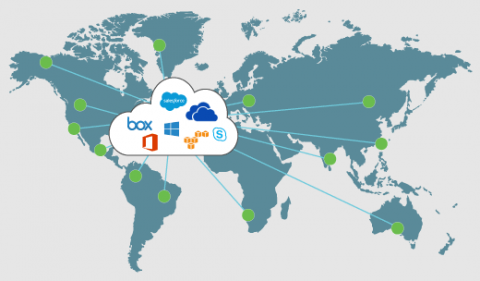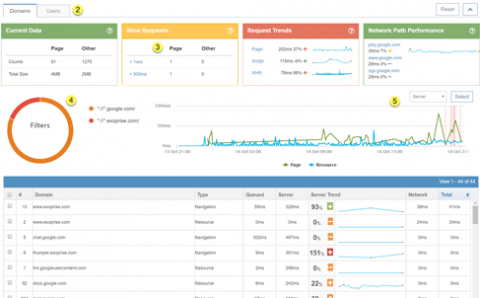Operations | Monitoring | ITSM | DevOps | Cloud
September 2020
Monitor SSL TLS Certificate Expiration
Secure Socket Layer (SSL) and its successor, Transport Layer Security (TLS) are protocols designed to safeguard traffic over the internet. SSL certificates allow websites to move from HTTP to HTTPS, a more secure communication channel on a network. Starting this September, the lifespan of an SSL/TLS certificate will be limited to 398 days, a reduction from the previous maximum certificate lifetime of 825 days.
Exoprise Opens Ignite 2020 with Service Watch Desktop for Microsoft 365
Exoprise Achieves Microsoft Gold Partner Status
Exoprise, the leading provider of monitoring solutions for Microsoft 365, Salesforce, and Cloud/SaaS platforms, is proud to announce that it has achieved Microsoft Gold Partner Status across multiple competencies, including Collaboration and Content, Cloud Productivity, and Communications.
Requirements for Branch Office Network Monitoring
For the past 15 years, there's been a shift in how people work, where they work from and how they connect to "work". Employees are no longer tethered to headquarters, their offices or tied to slower complicated VPN services. Additionally, the way people work and where they work from has changed. Along with flexible work hours, employees want workplace flexibility. And with such a competitive job market, employers have to deliver! Flexible work environments offer tremendous benefits such as improved productivity and morale, reduced stress levels and better work-life balance which builds trust and commitment.






